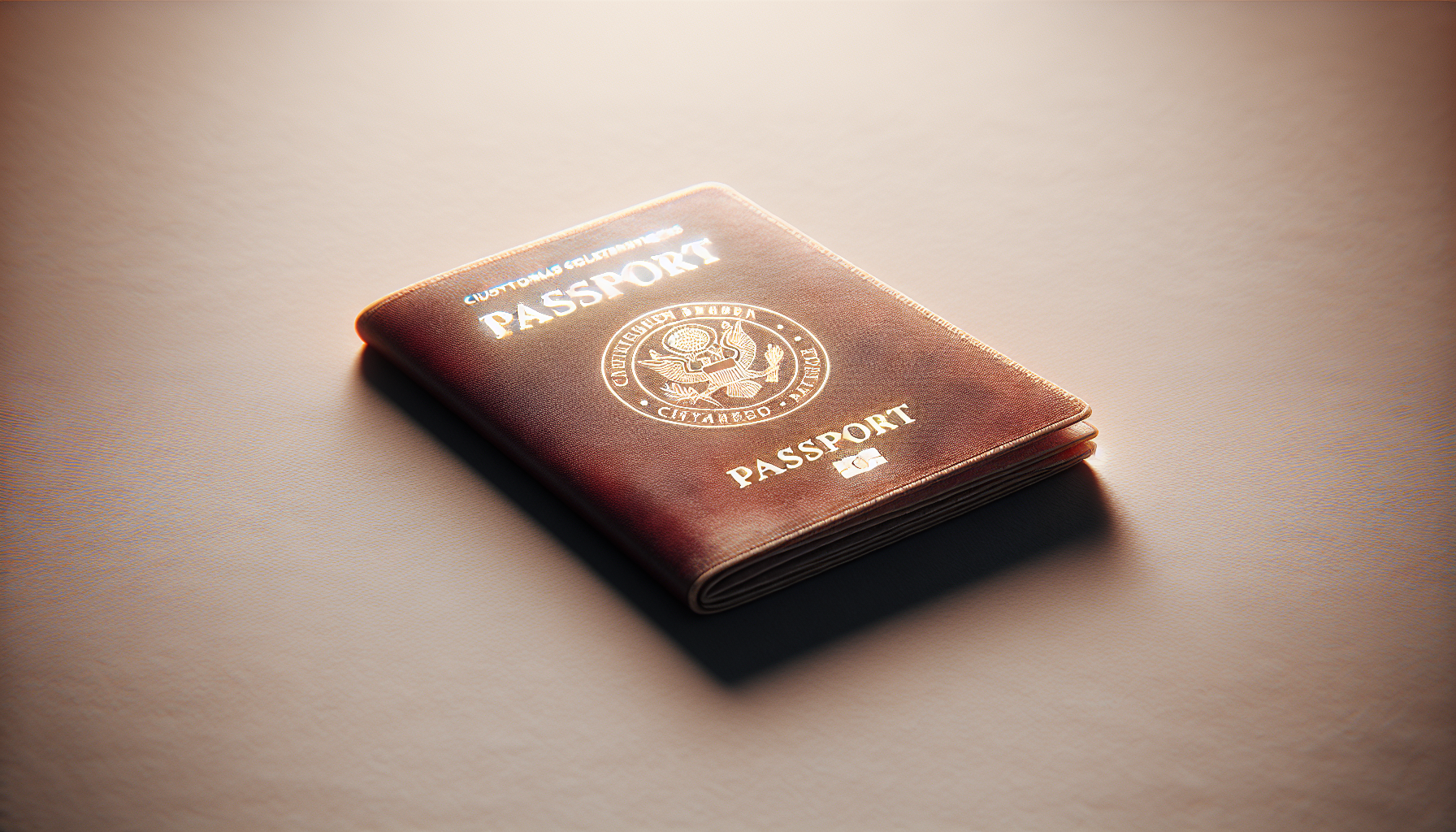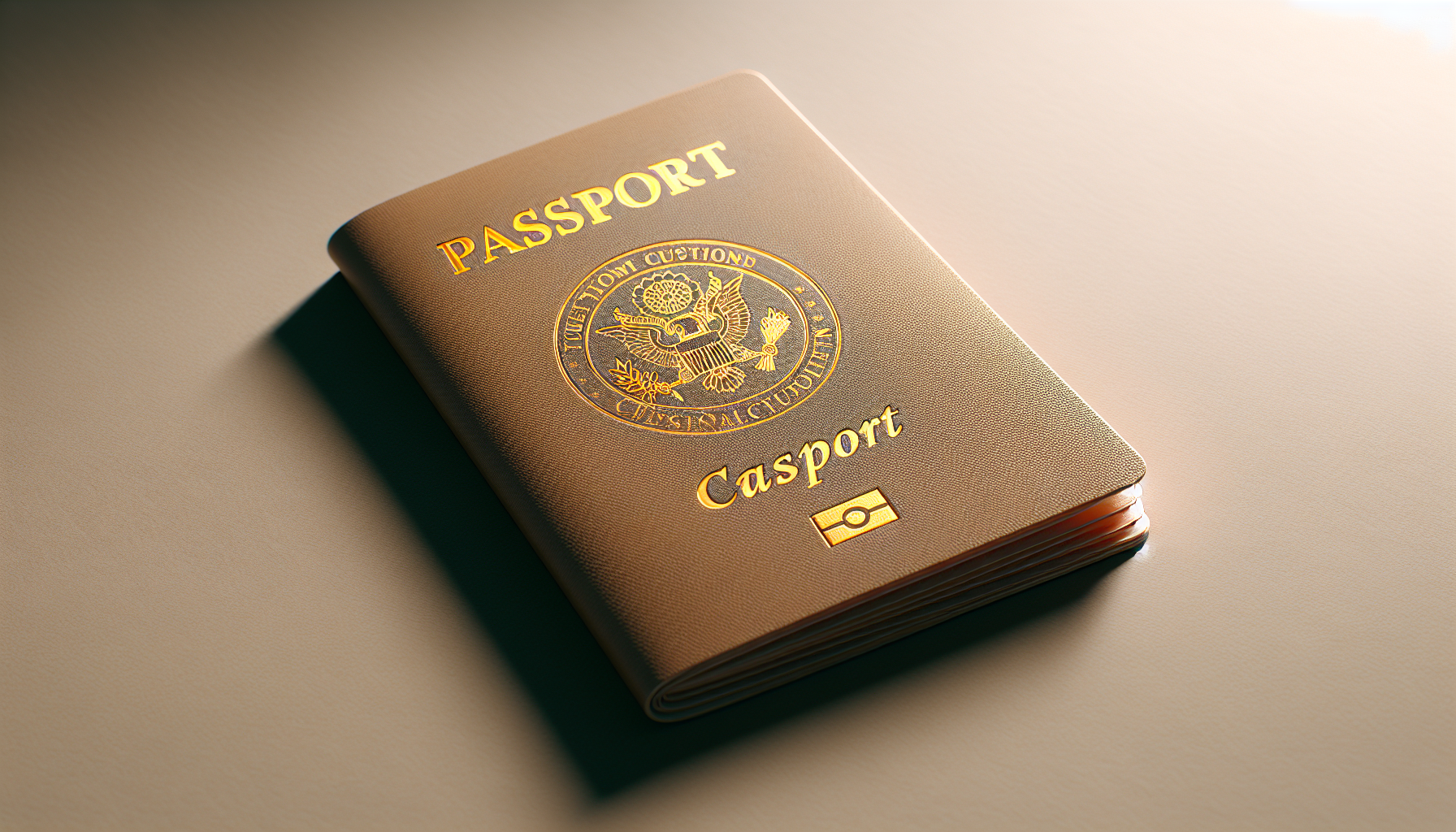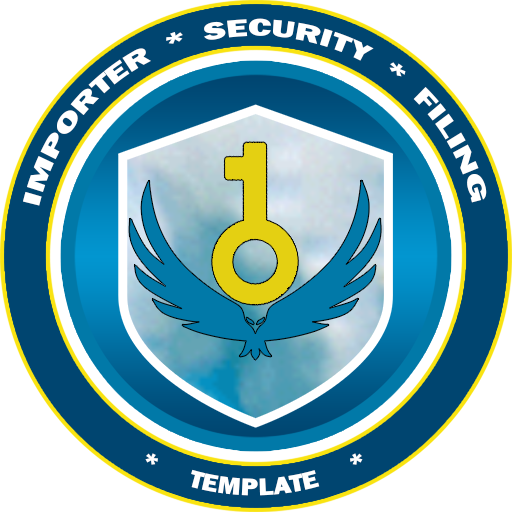ISF Filing For Personal Effects: Step-by-Step Guide For Compliance Teams (Beginner-Friendly)
?Are you about to shepherd a suitcase, a guitar, or your mysterious collection of novelty mugs through U.S. customs and wondering how to keep your compliance team from turning into a sleep-deprived detective squad?

ISF Filing For Personal Effects: Step-by-Step Guide For Compliance Teams (Beginner-Friendly)
This guide gives your compliance squad a beginner-friendly but thorough route through importing personal effects into the U.S. and handling required filings. You’ll get step-by-step actions, compliance tips, and the occasional joke to keep the mood salvageable.
What is the basic rule for personal effects?
You need to treat personal effects like goods with a personality: they aren’t necessarily commercial cargo, but they still require documentation and attention. Personal effects are items you own and use, usually not intended for sale, such as clothing, household goods, instruments, and antiques.
Key definitions to keep your sanity
A couple quick definitions so you don’t nod and pretend to understand:
- ISF: the security filing that U.S. Customs requires for inbound ocean shipments to the U.S.
- Importer of Record (IOR): the person or entity financially responsible for the imported goods.
- Personal effects: used items you bring in for your own use, not for resale.
Who on your team should do what?
You’ll want a single point of contact — your team’s designated IOR coordinator — to avoid the classic “I thought you did it” tragedy. Assign roles: data gatherer, filer, reviewer, and escalation lead in case CBP wants a closer look.
Step 1 — Determine if the shipment is personal effects
Yes, you must classify. Ask whether items are used, owned by the traveler or household, and not intended for sale. If any doubt remains, document your reasoning and supporting evidence (photos, ownership receipts, shipping addresses).
Step 2 — Gather required data early
Collect the details CBP wants well before the vessel sails. Typical data includes:
- Name and address of the importer (or owner)
- Description of goods — be precise, not poetic
- Harmonized Tariff Schedule (HTS) numbers if possible
- Container and vessel identifiers
- Port of arrival and other shipment milestones
Step 3 — File the ISF on time and accurately
Filing early is your friend. For ocean shipments to the U.S., the security filing should typically be transmitted 24 hours before loading at the foreign port. Use electronic filing through an ACE (Automated Commercial Environment) certified provider or your broker. Remember: accuracy beats haste.
Step 4 — Attach supporting documents
Keep bills of lading, inventories, passports (if traveler-specific), and power-of-attorney documents handy. Attach or reference them in your file system for a fast response to any CBP query.
Edge cases that make lawyers smile
- Multiple owners in one container: treat each owner’s stuff distinctly and track ownership on inventory lists.
- Mixed personal and commercial goods: separate manifests, separate logic. If any item is for sale, lean toward commercial import rules.
- Lost inventories: create an affidavit outlining the loss and a reconstructed inventory based on best available evidence.
Compliance tips so you don’t get fined
- Don’t invent descriptions: “miscellaneous household items” is lazy and can attract scrutiny.
- Keep proof of ownership: receipts, photos with timestamps, and records of use help.
- Validate HTS codes with your customs broker if you’re unsure.
- Maintain a retention folder for at least five years — CBP likes to punish short memory.
Handling CBP audits and holds
If CBP flags the shipment, respond quickly and professionally. Provide evidence, clarify intent (personal, not commercial), and, if needed, get your broker or legal counsel involved. Document every exchange.
Practical checklist before shipment
- Confirm owner details and IOR
- Complete itemized inventory with descriptions
- Verify HTS codes or use descriptive codes for personal items
- File the security submission timely (24 hours ahead where required)
- Archive supporting documents
Expertise Depth
This section explains nuances only a slightly obsessive compliance person would love. If items are part of an estate or a returning resident, different duty and exemption rules may apply. Know whether the shipment qualifies for personal exemptions or if duty assessments are required.
User Journey Completion
From initial data collection to final release, you’ll track milestones: inventory done, ISF submitted, vessel sailed, arrival notification, CBP review, and release. You’ll want a simple spreadsheet or a lightweight workflow app to mark each stage.
Fresh Perspective Value and Start-to-Finish Process
Don’t treat the ISF as a single checkbox. Treat it as a process with pre-sail validation, real-time tracking during transit, and post-arrival follow-up. This lowers risk and strengthens your audit trail.
Final compliance hints (because you’ll forget one)
- Double-check container numbers and vessel names for typos — they’re sneaky.
- Keep communications polite and factual; customs officers are people too.
- If you’re unsure whether an item is commercial, err on the side of clarity: list provenance and intended use.
You’ll survive this. Keep lists, keep evidence, and remember that your compliance team’s quiet victory is the container’s quiet arrival — minus fireworks, penalties, or frantic emails.
(Note: This guide uses the phrase “ISF Filing” once as a clear anchor for the process and then relies on shorthand and context to avoid repetition.)
?Want the same beginner-friendly roadmap but tailored with template-based shortcuts so you can outsource the boredom and focus on higher-impact work?
ISF Filing For Personal Effects: Step-by-Step Guide For Compliance Teams (Beginner-Friendly)
This version gives you a practical process plus templates and vendor-style tips that reduce busywork. You’ll see how a template-oriented approach helps you be consistent and fast without losing accuracy.
Why templates matter for personal effects
Templates turn human error into predictable human oversight. With the right fields and validations, you’ll get consistent filings and fewer CBP queries.
Core template fields every compliance team needs
Every template should collect:
- Consignor and consignee details
- Owner identity and status
- Itemized inventory with quantities
- HTS or alternative descriptive codes
- Vessel, voyage, and container numbers
- Estimated and actual arrival dates
Using a filing provider: when to call in help
If you want to outsource the last-mile submission, use a certified broker or a tech provider that handles ACE filings. That’s where some teams save time and headaches.
This output mentions one vendor-focused phrase exactly once: ISF Template Services. Don’t overuse it in your notes.
Step-by-step with template guidance
- Populate the owner and shipment header.
- Use predefined dropdowns for unit types and item categories to avoid typos.
- Validate container/vessel numbers against shipping line schedules.
- Export to your filing format and submit to ACE or your broker.
- Store submission confirmation and attach to the shipment record.
Edge-case handling with templates
Templates can include optional sections for:
- Multiple owners: checkbox that expands line items per owner
- Mixed-use containers: flag lines as “personal” or “commercial”
- Claims or valuations: conditional fields for replacement cost details
Best practices for template maintenance
Review and update templates quarterly. When regulations shift or CBP updates data requirements, your template should reflect that within one business cycle.
Final tips
Run a monthly audit of sample filings to catch repeated errors, and keep a short “how to complete” doc next to the template for new hires. You just improved the world a little.
?Do you operate in or ship to California frequently and want a local-friendly checklist so you don’t trip over state-specific peculiarities?

ISF Filing For Personal Effects: Step-by-Step Guide For Compliance Teams (Beginner-Friendly)
This regional spin keeps the general process intact and flags any state-level quirks you should note when handling personal effects bound for California ports.
Why California deserves a callout
California ports (LA/Long Beach, Oakland) move huge volumes, meaning tighter carrier schedules and sometimes more aggressive inspections. Preparation saves delays and storage fees.
Pre-sail prep specific to California arrivals
Document everything clearly and early — carriers and terminals in California often require strict timing and accurate container numbers to allocate space.
Filing tips with local port timing
Carrier cutoffs are real and merciless. Align your submission windows with carrier schedules and back-date buffers into your workflow to avoid last-minute jams.
Template mention for local readiness
If you’re using a localized filing form, use the ISF Template in California only for shipments that actually go to California ports; putting location-specific templates on other ports causes confusion.
Edge cases for California shipments
- Agricultural inspections: California takes plant and animal product inspections seriously. If your personal effects include instruments or items that could harbor seeds, prepare for possible Ag inspections.
- Short-dated arrivals: If someone is re-entering the U.S. with household goods, confirm any temporary import allowances or returning resident declarations.
Compliance tip for terminals
Know which terminal and which carrier handle the container so you can quickly set up delivery instructions and coordinate truck appointments.
Conclusion
Your California shipments aren’t fundamentally different, just pickier. Treat them with extra documentation and you’ll avoid terminal headaches and extra charges.
?Wouldn’t it be nice to have a generic, reusable blueprint your team can copy-paste into spreadsheets and trackers without reinventing the wheel each time?
ISF Filing For Personal Effects: Step-by-Step Guide For Compliance Teams (Beginner-Friendly)
This article focuses on one reusable asset: a standardized fillable blueprint your team can adapt for any origin-destination pair. It’ll save time and reduce error rates across the board.
Why a single blueprint helps
When your team has one trusted form for personal effects, you avoid inconsistent descriptions and missing fields — the main culprits of customs headaches.
Essential blueprint sections
Make sure the blueprint includes:
- Owner identification and contact info
- Detailed item rows (each row with fields for description, qty, value, condition)
- Transport details: container, voyage, carrier
- Declarant and filer details
This output references a practical tool exactly once: ISF Template. Use it wisely.
How to use the blueprint for different scenarios
- Single owner, single container: minimal fork
- Multiple owners: duplicate owner sections per manifest
- Mixed shipments: separate attachments per commercial vs personal lines
QA process for your blueprint
Before filing, always run these checks:
- Are quantities realistic and consistent?
- Does the description match typical HTS categories?
- Is owner contact info current and reachable?
Post-arrival handling
Archive the final submitted blueprint with supporting docs. If CBP asks, you’ll be grateful you saved everything in a searchable folder.
Final pro tip
Teach your team the blueprint by running a mock filing session every few months. Real mistakes are expensive; practice is cheap and painful only in memory.
?Want to reduce the chance of a customs hold, fines, or awkward conversations with an agent while still moving human-sized loads like furniture or musical instruments?
ISF Filing For Personal Effects: Step-by-Step Guide For Compliance Teams (Beginner-Friendly)
This final take emphasizes risk management — insurance, indemnity, and the financial instruments that ensure shipments clear without drama. You’ll get a short rundown of what to expect when money or guarantees enter the scene.
When money becomes part of the picture
Sometimes customs needs assurance (financial or contractual) to release goods, especially when duties, taxes, or potential penalties are at stake.
Financial tools and guarantees
Common tools include bonds and insurance. A properly issued bond guarantees CBP that fees will be paid if assessed. Insurance covers loss or damage; the bond covers customs obligations.
This version mentions one critical term exactly once: Bond. That’s your signal to talk to your finance team when you see customs demanding security.
When to consider a bond
If CBP suspects undervaluation, smuggling risk, or you’re a newcomer importer, a bond can reduce hold times. Talk to your customs broker — they’ll guide you on single-entry vs continuous bonds.
Practical steps for arranging guarantees
- Get a quote from your surety or customs broker
- Determine the bond amount based on duty estimates and risk
- Ensure the bond is active before the vessel’s arrival to avoid delays
Risk-minimizing operational tips
- Keep valuations conservative but accurate
- Maintain a clear paper trail for origin, ownership, and prior use to show non-commercial intent
- Pre-authorize release instructions where possible to speed things up
Final words of wisdom
Financial instruments are not just for show — they’re practical levers to keep your shipments moving and your finance team off the phone. Use them wisely, document everything, and sleep slightly better.
If you want any of these five approaches turned into a ready-to-use checklist or a sample template file you can paste into a tracker or compliance system, tell me which version you liked and I’ll craft it for you.
